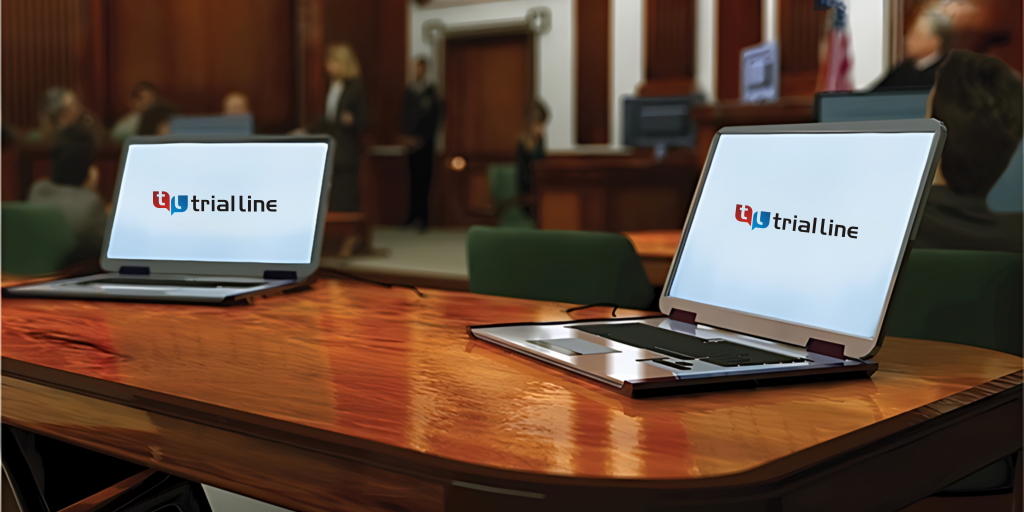The Power of Visuals in Trial Presentations for a Winning Disagreement
The assimilation of visuals in trial presentations has actually arised as a crucial element in successfully connecting intricate debates to jurors. By making use of numerous forms of visual aids-- be it diagrams, photographs, or animations-- attorneys can enhance understanding and retention, inevitably forming the court's assumption of the instance.
Relevance of Visuals in Tests
In many legal setups, visuals play a crucial role in enhancing the performance of test discussions. The assimilation of aesthetic aspects can substantially affect jurors' understanding and retention of complicated information, thus shaping their perceptions and decisions. Visuals, such as charts, layouts, and photographs, can simplify intricate narratives, making them more easily accessible and engaging.
Additionally, the human mind procedures aesthetic info much more efficiently than message, which emphasizes the value of integrating visuals into legal debates. By converting dense legal concepts right into aesthetic styles, attorneys can promote more clear communication, guaranteeing that bottom lines are not forgotten throughout trials.
Additionally, visuals serve to involve jurors on an emotional degree, promoting a connection to the instance that words alone may stop working to achieve. The critical use visuals can evoke empathy, prompting jurors to take into consideration the human facets of the situation.
Ultimately, the relevance of visuals in trials depends on their capacity to improve clarity, improve juror involvement, and strengthen the story being offered. This potent mix is important for crafting influential arguments that reverberate with jurors and influence the result of lawful proceedings.
Sorts Of Visuals to Use
Efficient test presentations can greatly gain from a selection of visual devices that cater to different elements of the instance. trial presentations. Using layouts and charts can successfully damage down complex details, making it more digestible for jurors. Flowcharts can show the series of occasions, while bar graphs may succinctly compare pertinent information factors.

Animations and simulations can also play an essential duty, especially in situations entailing technical information or intricate circumstances. These visuals can dynamically represent processes or activities, providing clearness and involvement that fixed photos might not attain.
Additionally, infographics integrate text and visuals to summarize vital details successfully. They can offer timelines, data, and significant case points in a visually attractive way, making it less complicated for jurors to adhere to the debate.
Enhancing Comprehension and Retention

Enhancing comprehension and retention during trial discussions is critical for making certain that jurors realize the crucial components of an instance. Aesthetic aids serve as effective devices hereof, translating complex details into quickly digestible styles. By using charts, diagrams, and infographics, lawyers can streamline complex data and emphasize crucial points that may or else be neglected.
Studies have actually revealed that individuals preserve info substantially better when it exists aesthetically. This is particularly pertinent in a test setting, where jurors might be overwhelmed by the volume of evidence and testament. By tactically incorporating visuals, lawyers can direct jurors' focus to the most critical elements of the case, enhancing their understanding and memory of the material offered.

Developing Engaging Presentations
Captivating jurors' focus during test presentations is essential for sharing a compelling story. Engaging discussions take advantage of aesthetic aspects to develop an unforgettable experience that resonates with jurors. The critical use graphics, animations, and video clips can illuminate complex details, making it extra sites easily accessible and relatable.

In addition, integrating storytelling strategies can improve engagement. Offering evidence in a sensible sequence that builds sob story permits jurors to get in touch with the product on a personal degree. Varying discussion formats, such as including short video clip clips or interactive elements, can likewise sustain passion and attention throughout the test.
Ultimately, an appealing presentation promotes an extra profound understanding of the instance, enabling jurors to much better appreciate the disagreements existing and causing an extra beneficial end result.
Case Research Studies and Success Stories
Numerous situation researches highlight the significant effect of visuals in test presentations, demonstrating their capacity to affect juror perceptions and eventually the outcomes of situations. As an example, a noteworthy situation entailing an injury insurance claim highlighted how making use of a 3D animation of the crash scene cleared up intricate information. Jurors reported really feeling even more educated and empathetic, substantially guiding their choice in support of the complainant.
In an additional instance, a corporate litigation situation utilized infographics to existing monetary data and timelines, making complex details accessible. The graph enabled jurors to grasp the nuances of the case much more successfully than spoken descriptions alone. trial presentations. Therefore, the jury returned a verdict that exceeded the client's assumptions
The engaging visuals not only helped in creating uncertainty but his response likewise reverberated emotionally with jurors, leading to an acquittal. These success stories highlight the need of incorporating visuals into trial presentations, as they enhance understanding, retention, and ultimately, the persuasive power of legal disagreements.
Final Thought
In final thought, the tactical incorporation of visuals in test presentations substantially boosts jurors' comprehension and retention of complicated information. Involving discussions, supported by engaging situation studies, show the profound influence that visuals can have on convincing communication.